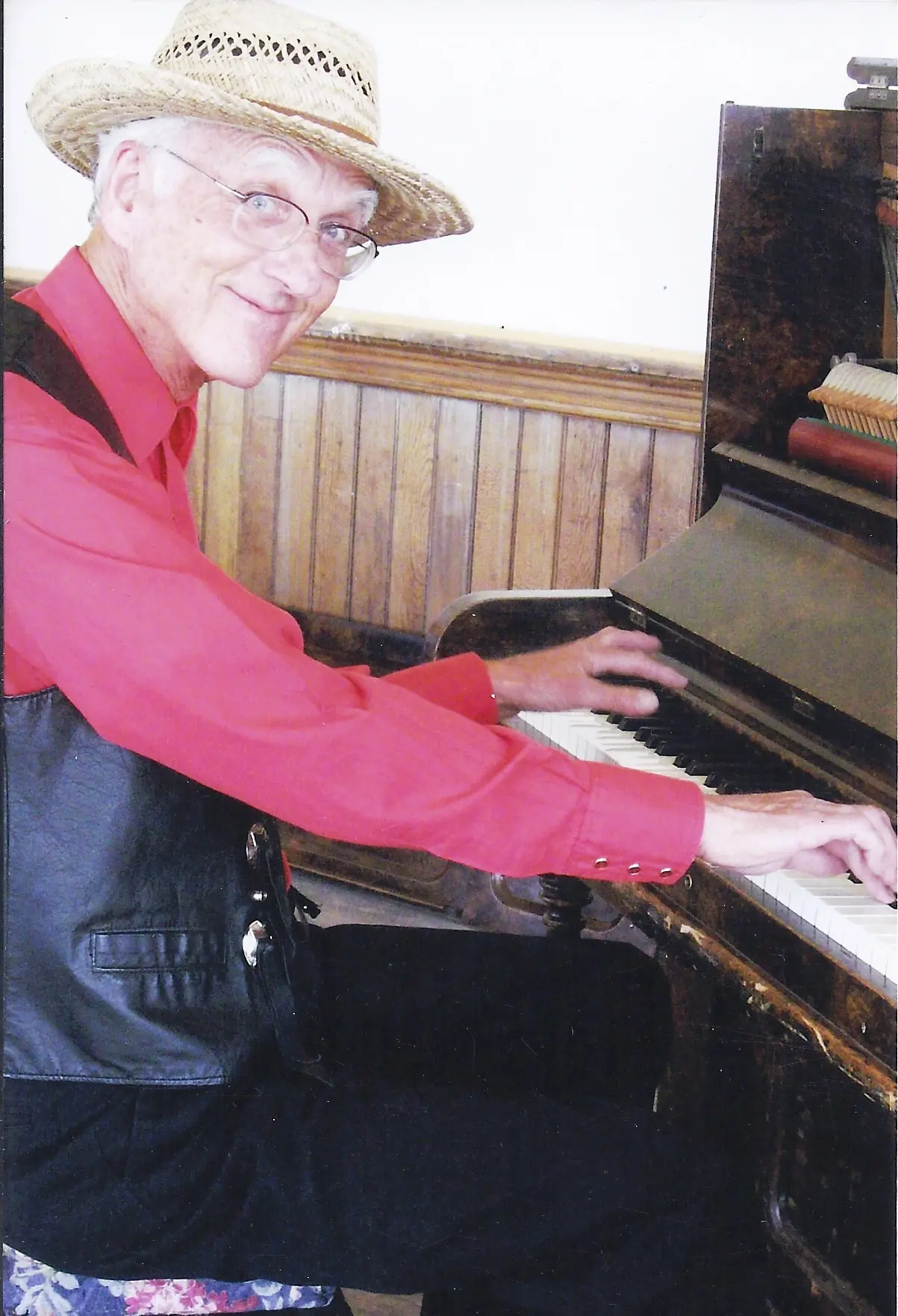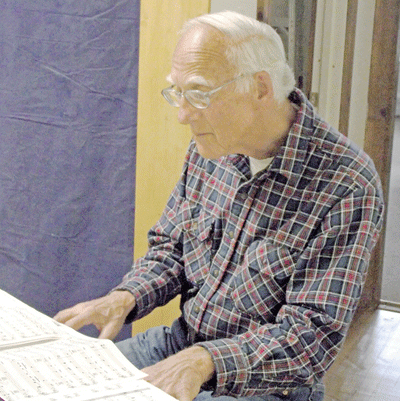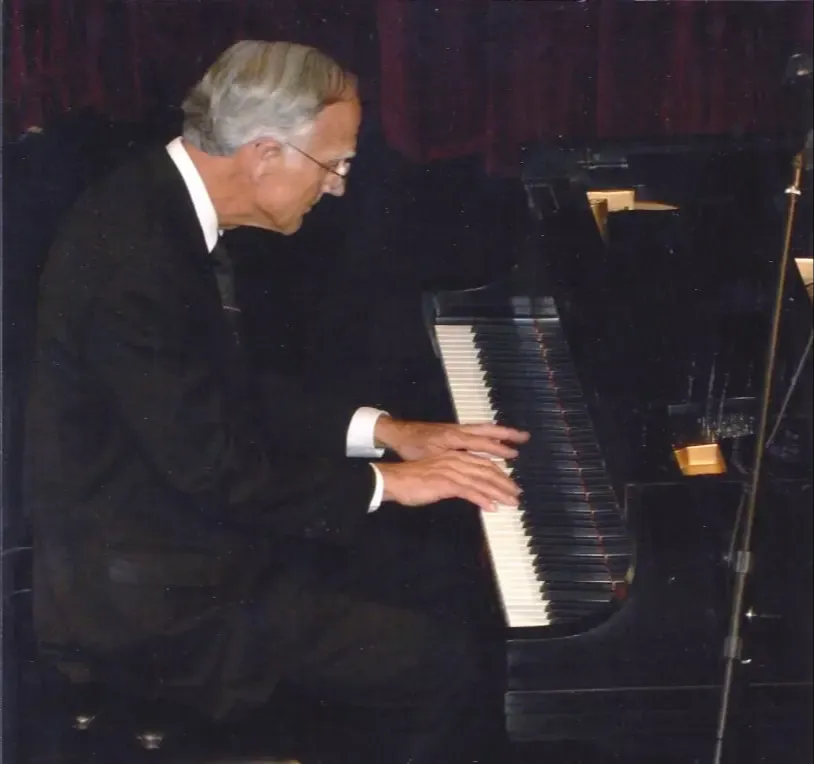
Keith Taylor's Biography
Keith Taylor was born and raised in Oregon. Even though his parents lived in rural sections of Oregon (his father worked in sawmills) they provided for his musical education. Taylor began piano lessons at five years of age and was performing and composing music when he was ten. While in grade school he performed on tours with "The Young Oregonians" and "Stars of Tomorrow;" two youth-oriented vaudeville groups.
In the early fifties, the Taylor family moved to Ketchikan, Alaska where Keith went to high school. At that time the town was still a wide-open Western town with plank streets and swinging doors on the saloons. While in high school he played piano on Creek Street, in the heart of the red-light district. The records of Crazy Otto and Joe Fingers Carr were very influential in his developing piano style. During the summers he worked in sawmills, making enough money to go to college.
Taylor returned to Oregon to study music at Willamette University and eventually received a B.M. degree in Piano. Further graduate study included music composition at the University of Oregon and with Halsey Stevens at USC.

